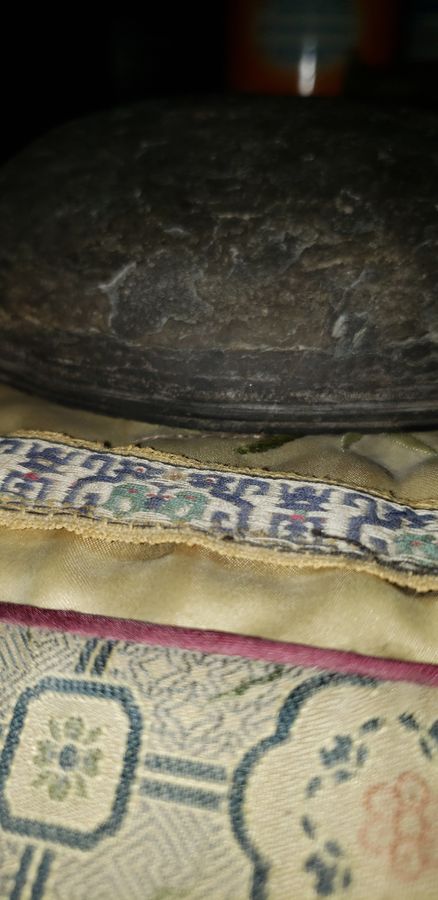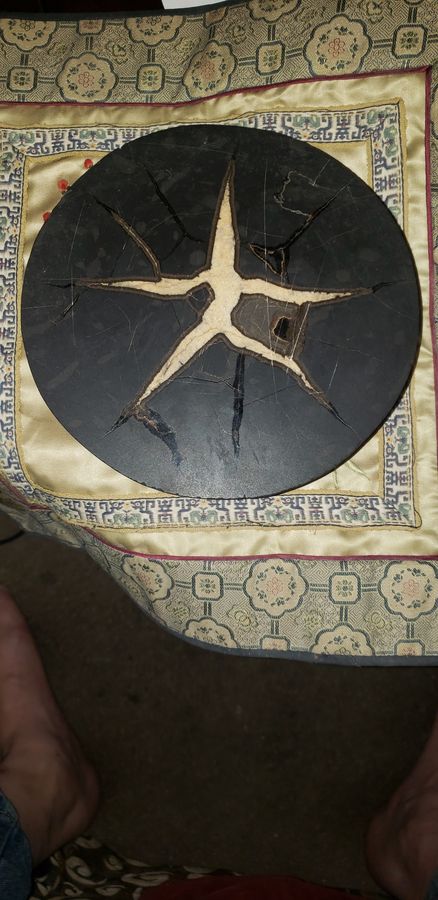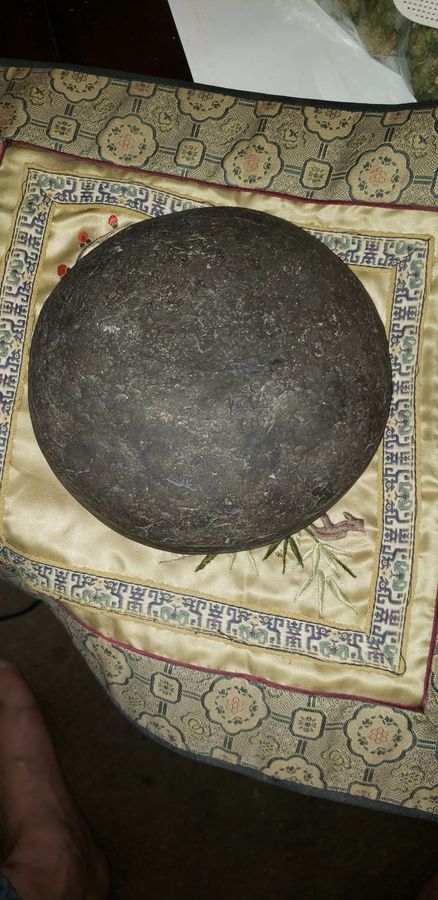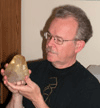| View previous topic :: View next topic |
| Author |
Message |
Lou B.
Joined: 22 Sep 2020
Posts: 14
Location: Baltimore


|
 Posted: Feb 06, 2021 12:35 Post subject: Help Posted: Feb 06, 2021 12:35 Post subject: Help |
|
|
Can someone tell me what this is and if it is worth anything. Besides really liking it.
| Description: |
|
| Viewed: |
4522 Time(s) |

|
| Description: |
|
| Viewed: |
4513 Time(s) |

|
| Description: |
|
| Viewed: |
4507 Time(s) |

|
|
|
| Back to top |
|
 |
Pete Richards
Site Admin

Joined: 29 Dec 2008
Posts: 845
Location: Northeast Ohio



|
 Posted: Feb 06, 2021 12:43 Post subject: Re: Help Posted: Feb 06, 2021 12:43 Post subject: Re: Help |
|
|
This seems to be a septarian concretion. They form by precipitation of minerals in soft sediments that eventually become rock, typically round. The minerals form around a center, which is what gives the round shape. Sometimes an outer edge hardens while there is still a lot of water trapped inside. As this gradually escapes, the inside shrinks and cracks, and later the cracks fill with minerals, which produce the white star you see in yours.
This is a non-commercial site, and we do not deal in the values of minerals or rocks. You will have to turn elsewhere for that.
_________________
Collecting and studying crystals with interesting habits, twinning, and epitaxy |
|
| Back to top |
|
 |
Bob Harman
Joined: 06 Nov 2015
Posts: 765



|
 Posted: Feb 06, 2021 12:48 Post subject: Re: Help Posted: Feb 06, 2021 12:48 Post subject: Re: Help |
|
|
Your photos show a septarian nodule aka septarian concretion or close variant. Many types and varieties exist, and from many localities.
Google "septarian nodule photos" and you will see many many pictured examples.
This website does not give valuations, but suffice it to say that your example appears to be of very low quality, without much aesthetic collector appeal . I don't think it would have any collector value other than being a knick-knack. BOB
|
|
| Back to top |
|
 |
Bob Carnein
Joined: 22 Aug 2013
Posts: 355
Location: Florissant, CO



|
 Posted: Feb 06, 2021 15:52 Post subject: Re: Help Posted: Feb 06, 2021 15:52 Post subject: Re: Help |
|
|
| FYI, the lighter material filling the "cracks" in the concretion is typically the mineral calcite and is often fluorescent in ultraviolet light. Fluorescent specimens are their own collecting category. In some cases, aragonite may also be present and may fluoresce a different color than the calcite. You can test these minerals by taking a small chip and dropping it into a small container of hot vinegar. Calcite and aragonite both "fizz" in weak acid, such as vinegar.
|
|
| Back to top |
|
 |
James Catmur
Site Admin

Joined: 14 Sep 2006
Posts: 1470
Location: Cambridge



|
 Posted: Feb 07, 2021 11:41 Post subject: Re: Help Posted: Feb 07, 2021 11:41 Post subject: Re: Help |
|
|
I find ones in Scotland where the nodule is an iron-rich limestone and the cracks are siderite (an iron mineral)
James
|
|
| Back to top |
|
 |
|





